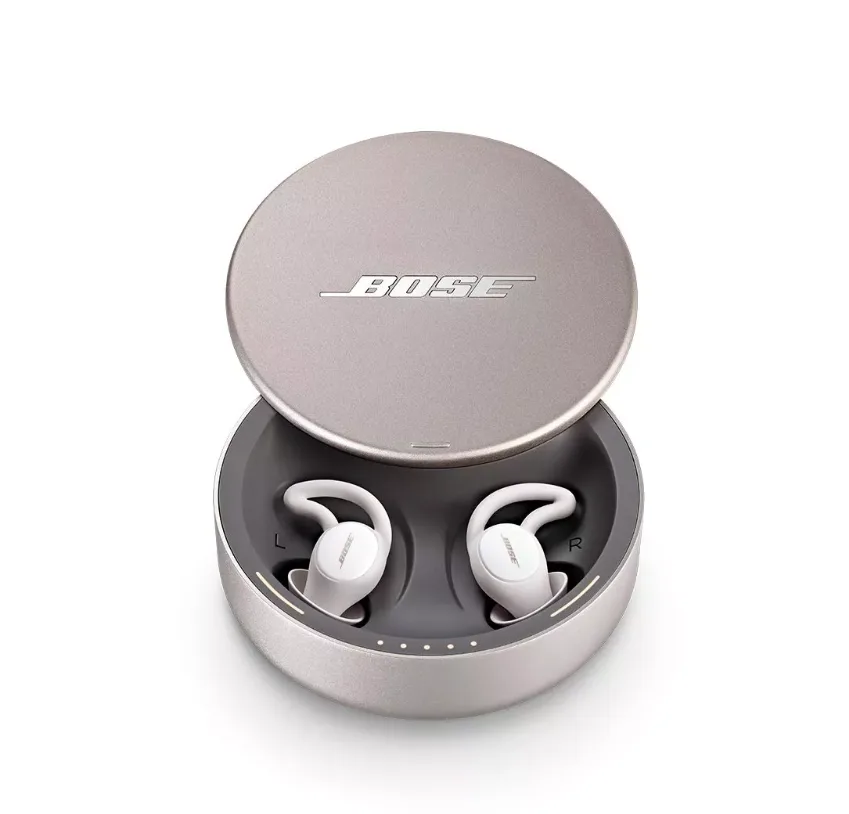
No More Low Battery: The Best Multiport Car Chargers That Actually Deliver
Your dashboard shouldn’t be a charging triage. Here’s the thing—when a charger can light up every seat, fights over the cord vanish, maps stay bright, and kids stop asking if their tablet will make it. I’ll show you what matters, what’s hype, and which specs quietly separate a good pick from the Best Multiport Car Charger contenders.
What actually makes a car charger “best”
Wattage first. Fast charging isn’t a vibe; it’s math. A solid two-port unit should deliver at least 60W total with one USB‑C port that can hit 45W for laptops or speedy phone top-ups. Three or four ports? You’ll want 66–100W total so everyone gets real power, not leftovers. And watch for shared vs. dedicated output—some chargers split the pie so aggressively that nothing gets full speed.
Port types matter. USB‑C with Power Delivery (PD 3.0) is the adult in the room. If you use a recent Samsung, look for PPS (it fine‑tunes voltage so those phones charge smarter). USB‑A is fine for legacy stuff—earbuds, older phones—but it’s not where the magic happens. If you’re shopping for the Best Multiport Car Charger, make sure the primary ports are USB‑C PD, ideally two of them.
Car limits are real. Most 12V sockets are fused around 10A, which means roughly 120W max from the car. So if you see a tiny plug claiming 160W to every port at once… yeah, no. Heat is another quiet killer—good chargers use aluminum shells or smart thermal design to stay cool, which keeps your devices happy and your dash uncluttered.
How many watts do you actually need?
Quick reality check. One modern phone fast-charges nicely at 20–30W. A tablet wants 30–45W. A lightweight laptop, 45–65W. If it’s you and a passenger, a 63W 2‑port (45W USB‑C + 18W USB‑A) feels perfect. Family of four with two tablets in back? Step up to 72–100W across three or four ports so nobody gets throttled mid‑movie. That’s the difference between “it charges” and “it’s done before the next pit stop.” If you’re eyeing the Best Multiport Car Charger for road trips, land on a model that can keep one laptop humming while still topping off two phones.
USB‑C vs. USB‑A, PD, PPS… what’s the difference?
USB‑C PD is the standard that unlocks real fast charging on iPhone 15 and most Android phones, plus iPads and many laptops. PPS is a finer‑grained version used by Samsung for even better efficiency. USB‑A with Quick Charge 3.0 still helps older phones, but it’s yesterday’s hero. In practice, a great multiport car charger gives you at least two USB‑C PD ports (one that can hit 45–65W) plus an extra port for legacy gear. That balance is what I look for when I call something the Best Multiport Car Charger for mixed families and carpools.
Can it run a laptop? Yep—here’s the catch
Many ultrabooks sip 45–65W. A 65–100W USB‑C port can keep them happy while navigating or joining a quick call. But high‑performance laptops that demand 90W+ under load may slowly drain if you’re also powering other devices. Best move: give your laptop the top‑watt USB‑C alone when you can, and let phones use the secondary ports. Also, use a certified 5A USB‑C cable for anything above 60W—chargers are only as good as the cable between them and your gear.
Safety: the unsexy feature that matters most
Look for mention of UL certification, CE, or ETL, along with protections like over‑current, over‑voltage, and temperature monitoring. If a charger runs hot to the touch, crackles in the socket, or has ports that feel loose, return it. It’s your car and your phone—don’t gamble to save a few bucks. Reputable brands (Anker, Baseus, Spigen, UGREEN, and similar) tend to be consistent here.
Real‑world picks by scenario (quick and honest)
Daily commuter, two devices: a compact 63W 2‑port with one USB‑C at 45W and a secondary 18W port. Family SUV: a 4‑port 72–100W model, ideally with two USB‑C PD ports up front and two ports for the back seat using a short extension. Work travel with a MacBook Air: aim for a 100W total unit that can allocate 65W to the laptop and 20–30W to your phone. If you want the short list, I put my current favorites and test notes in a simple product review on Consumer's Best. I kept it clean—just the stuff I’d buy again.
A few tiny habits that make a big difference
Seat‑belt your cables—well, sort of. Use a short 1–3 ft cable up front so you’re not wrestling spaghetti by the shifter. Grab braided or certified cables if you can; they last longer and keep speeds honest. Unplug the charger if your car keeps the 12V socket live when parked. And if you’re chasing the absolute Best Multiport Car Charger experience, pair it with cables rated for the wattage you actually need. Little things, big sanity.
Bottom line
A great multiport car charger blends honest wattage, smart USB‑C PD (with PPS for Samsung), solid thermals, and reliable safety checks. When those pieces click, every seat gets juice without drama. If you want my specific picks and the why behind each one, pop over to the product review on Consumer's Best—no fluff, just what works.
Frequently Asked Questions

Bose Sleepbuds II Review: Your Partner for Restful Nights
The Bose Sleepbuds II are uniquely designed not to stream music, but to help you sleep better. They deliver soothing, noise-masking sounds to cover unwanted nighttime disturbances, promoting deeper, more restful sleep.





